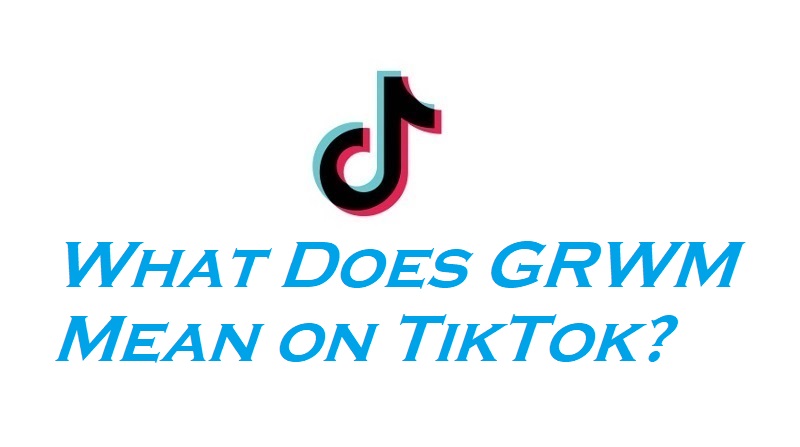Once considered futuristic, Artificial Intelligence (AI) is now the backbone of modern banking. From chatbots and fraud detection to personalized financial advice, AI has transformed how people interact with money.
In 2025, over 89% of financial institutions globally have integrated AI into at least one core function (PwC Global Fintech Report 2025). The goal is simple — make banking faster, safer, and smarter for both customers and organizations.
Whether you’re a customer using a mobile banking app or a financial institution adopting new tech, AI is changing everything — and it’s only getting smarter.
Let’s explore how AI is helping the mobile banking and finance sector reshape the future of finance.
1. Smarter & Faster Customer Support (24/7 Availability)
Gone are the days when customers had to wait for business hours to reach support.
AI-powered chatbots and virtual assistants now handle 70–80% of basic customer interactions around the clock (Statista AI in Banking Study 2025).
These bots use Natural Language Processing (NLP) to understand user intent, provide instant answers, and escalate complex issues to human agents when necessary.
Example: Bank of America’s “Erica” and Capital One’s “Eno” AI assistants now serve millions of users, offering personalized insights, transaction help, and even financial advice — 24/7.
Result: Faster query resolution → Happier customers → Improved retention.

2. Robotic Process Automation (RPA) in Banking
AI-driven Robotic Process Automation (RPA) is revolutionizing backend operations.
It automates repetitive, rule-based tasks such as:
- Loan processing
- KYC verification
- Data entry and reconciliation
- Account updates
According to Deloitte’s 2025 Automation Survey, banks implementing RPA have seen a 60% improvement in operational efficiency and a 45% reduction in human errors.
RPA doesn’t just make processes faster — it reduces costs and lets human employees focus on higher-value tasks like customer engagement and strategic planning.
3. Enhanced Accuracy with AI-Powered Personal Advisors
AI-driven virtual financial advisors are now integrated into mobile banking apps to help users manage money intelligently.
These advisors analyze:
- Spending habits
- Saving patterns
- Investment goals
…and provide real-time recommendations on budgeting or portfolio adjustments.
Example: Citi, Revolut, and Monzo use AI insights to help users save money automatically by detecting unused subscriptions, suggesting optimal savings goals, and warning about risky spending patterns.
Stat (2025): 65% of consumers now prefer AI-driven financial advice to manual tracking tools (Forbes Finance AI Report 2025).
4. Real-Time Alerts & Smart Notifications
AI has made mobile banking more proactive.
Instead of users manually checking balances or due dates, the system predicts and notifies them automatically.
These alerts include:
- Payment reminders and due dates
- Suspicious transaction warnings
- Credit utilization tips
- Personalized offers and savings opportunities
With AI-driven predictive analytics, banks now send alerts before a problem even occurs — preventing overdrafts or fraud before it happens.
Example: JPMorgan Chase uses AI models that predict unusual behavior in user spending and alert customers instantly, reducing fraud rates by 30% year-over-year.
5. End-to-End Security & Fraud Prevention

Security is the top concern in digital banking — and AI is leading the defense.
Modern banking apps use AI-driven anomaly detection, behavioral biometrics, and machine learning fraud models to monitor every transaction in real time.
How it works:
- Detects unusual spending or login patterns
- Flags suspicious IPs or devices
- Blocks fraudulent transactions before approval
Stat (IBM Security Report 2025): AI-based fraud prevention systems reduce false positives by 40% while preventing $22 billion+ in annual losses globally.
Additionally, biometric verification (face/fingerprint recognition) has replaced traditional passwords, making transactions more secure and seamless.
6. Personalized Banking Experiences
AI turns every customer interaction into a personalized journey.
Through data analytics and predictive modeling, banks can now:
- Recommend tailored financial products
- Adjust credit limits dynamically
- Create customized loan plans

Example: HSBC and Wells Fargo use AI to segment users by financial goals and lifestyle patterns — leading to higher engagement and conversions.
This personalization not only builds customer trust but also increases revenue through smarter cross-selling.
7. The Future of AI in Mobile Banking
The AI revolution in finance is far from over — it’s accelerating.
By 2030, AI is projected to save the global banking sector $450 billion annually through automation and fraud prevention (McKinsey Fintech Outlook).
Emerging trends include:
- Voice banking: AI-powered voice commands for transactions.
- Predictive credit scoring: AI algorithms replacing traditional credit checks.
- Quantum-safe security: New AI tools designed to protect digital data in post-quantum computing environments.
In short: The future of mobile banking will be fully intelligent, adaptive, and customer-centric.
Final Thoughts
AI isn’t just improving mobile banking — it’s redefining financial ecosystems.
From chatbots to predictive analytics, every innovation powered by AI creates faster, safer, and more personal experiences.
For banks, the rewards are equally powerful: reduced costs, improved accuracy, and deeper customer loyalty.
And for users? Smarter banking that understands you better every day.
AI isn’t coming to banking — it’s already here.





